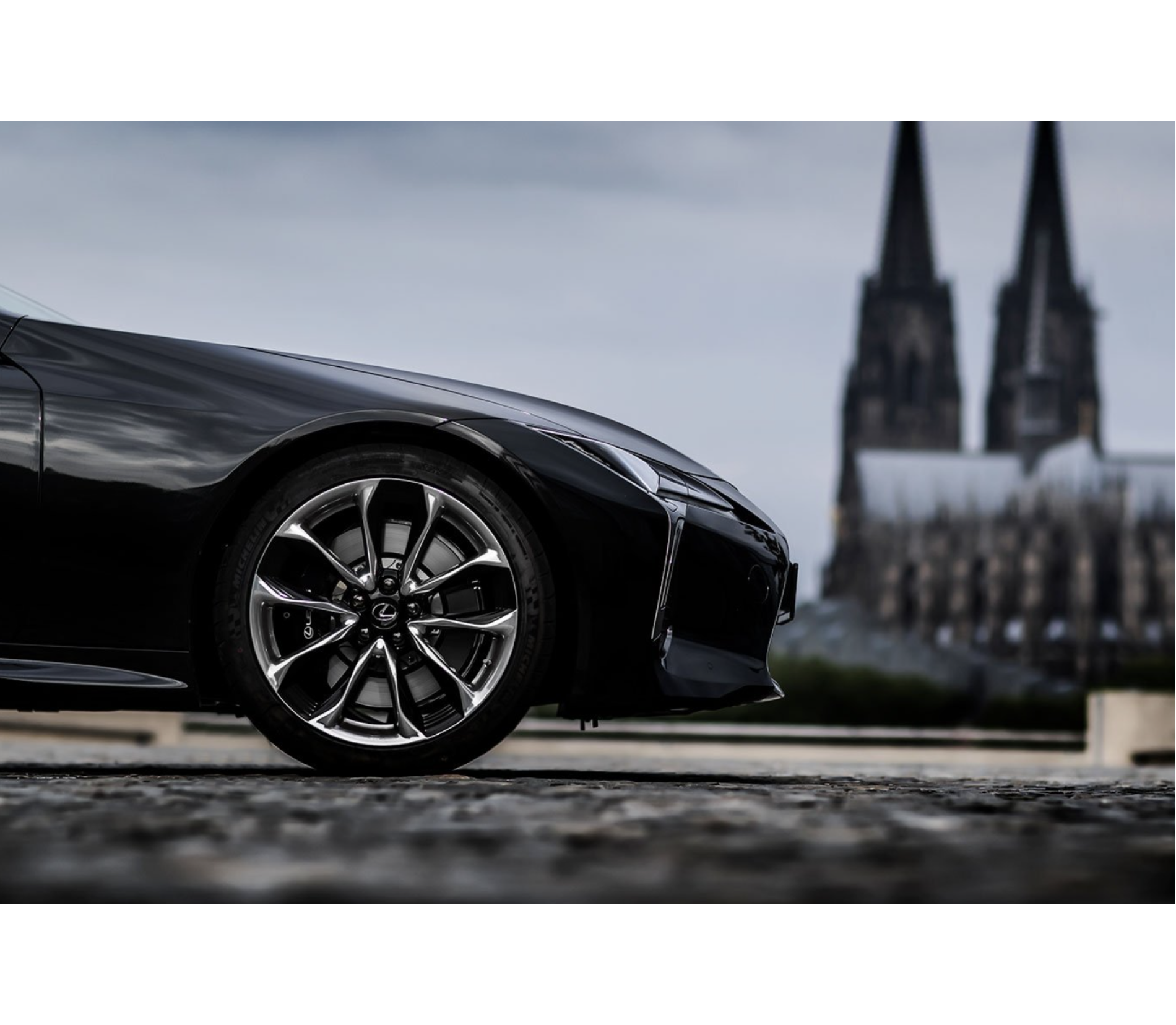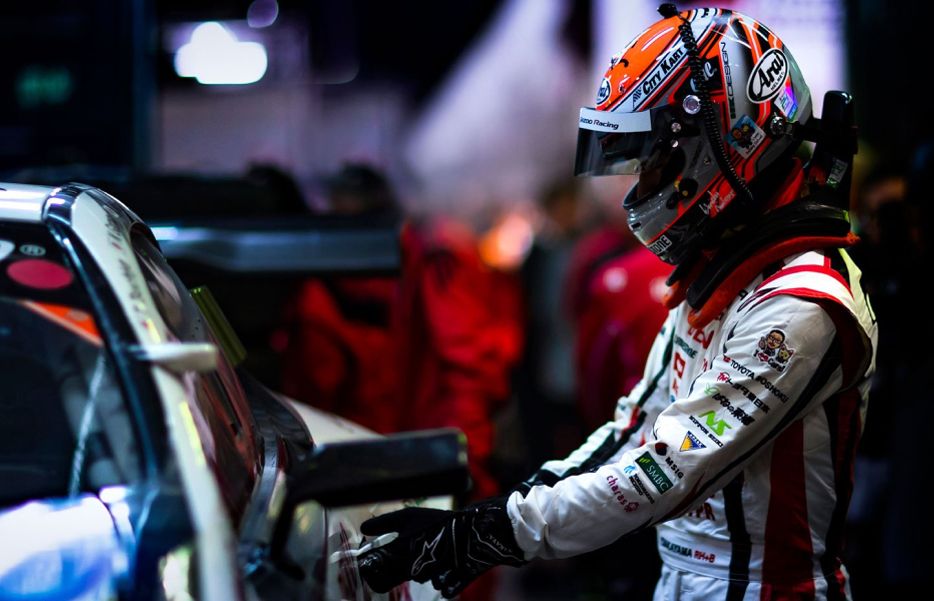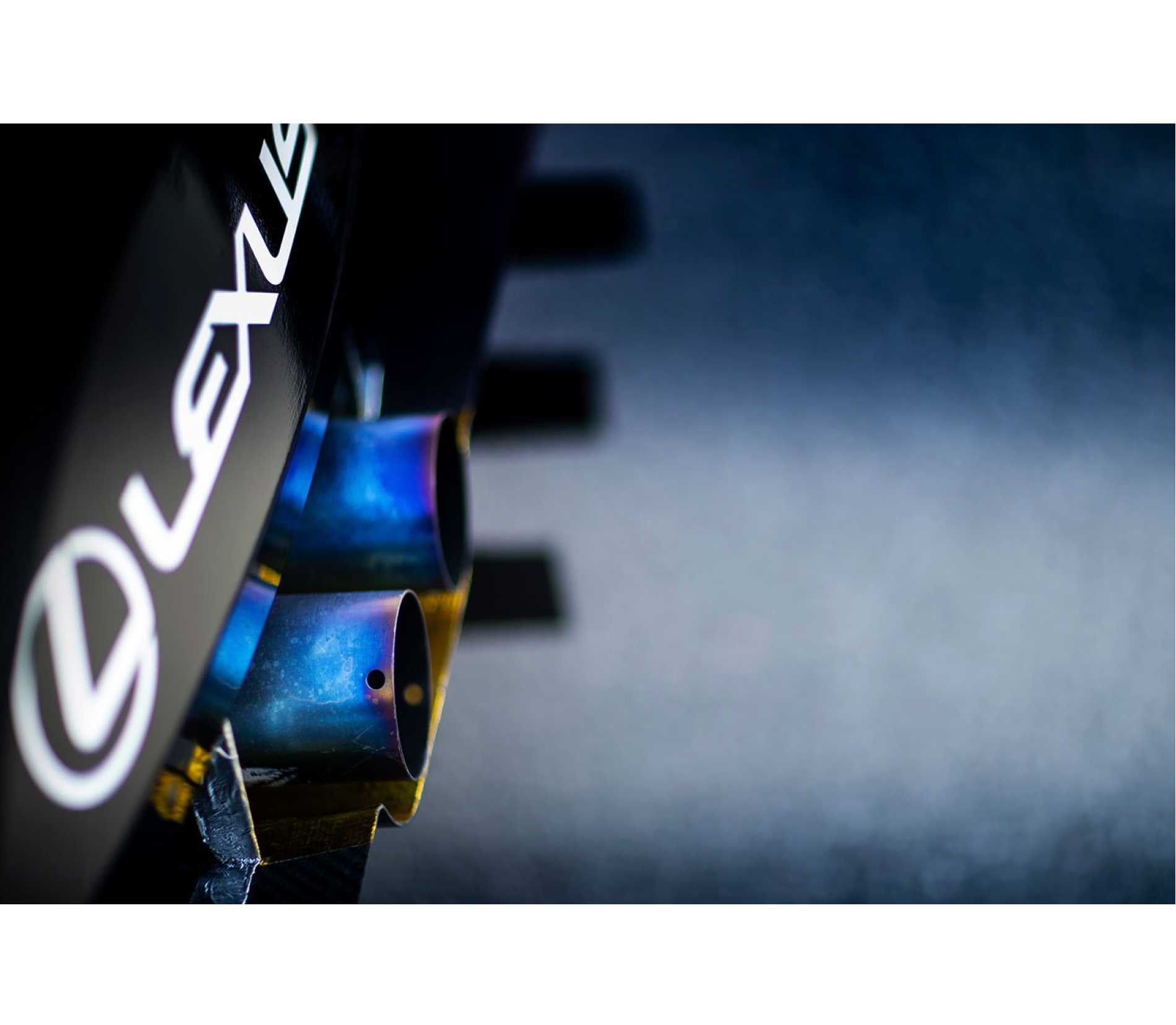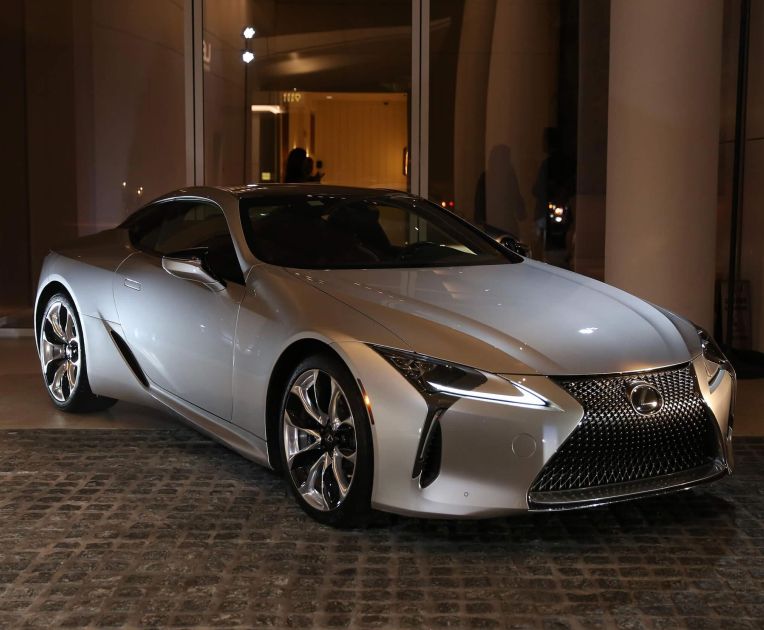The excursion to the Nürburgring begins in Mainz, birthplace of Johannes Gutenberg – father of the printing press. The Gutenberg Museum in Mainz possesses two of the 49 Gutenberg bibles still in existence. In a glass case in the gently-lit exhibition rooms, stylish letters line the bible’s pages, each paragraph neatly composed of 42 lines of text.
Museum curator Professor Elke Schutt-Kehm remarks, “Gutenberg’s invention paved the way for the Reformation, has helped accelerate the growth of natural science and of theology; the printing press has changed the world.” The drive continues along the Rhine, offering views of Rudesheim, Koblenz, and other idyllic landscapes. Rolling hills enclose the road on both sides, while ancient castles dot the mountain ridges in the distance.
We continue to Cologne to meet up-and-coming calligraphy artist Agnete Sabbagh. Her works unify illustration with calligraphic renditions of the German font Fraktur, a style of lettering known for its commanding and sturdy design.
Next, we head north on the Autobahn; a road that represents Germany’s car culture and its dedication to automobile technology. In this speed-limit-free zone, the Lexus transports us beyond 200 km/h – the LC’s V8 unit releasing a euphonious roar. Descending from the Autobahn and returning to the country roads, Nürburg Castle comes to view on a low hill in the distance, looking down on the circuit below.








